Home>Gardening & Outdoor>Landscaping Ideas>Why Does Dew Form On Grass In The Early Morning
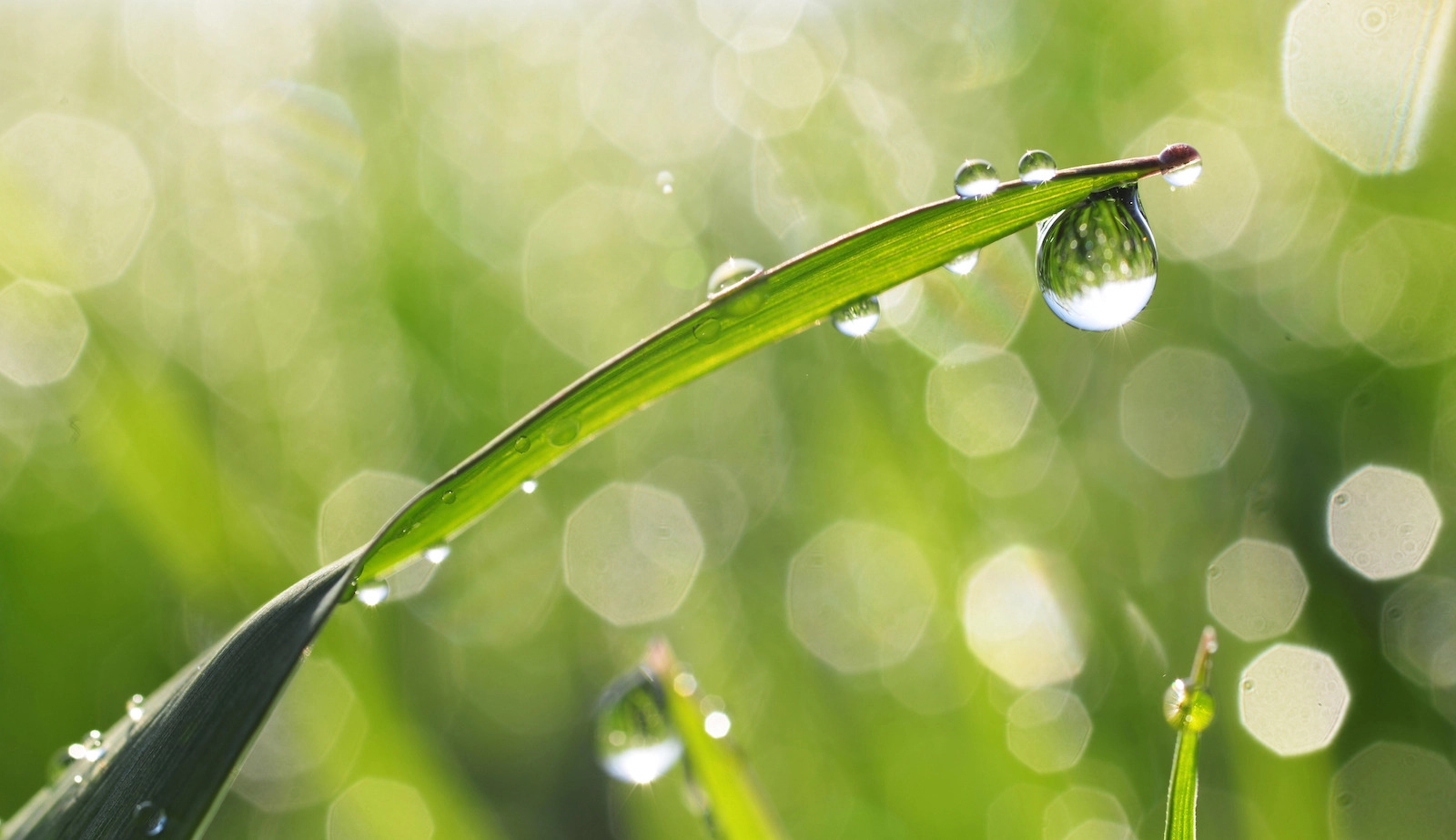

Landscaping Ideas
Why Does Dew Form On Grass In The Early Morning
Modified: February 18, 2024
Discover the science behind dew formation on grass in the early morning and how it can enhance your landscaping ideas. Explore tips and tricks for managing dew on your lawn.
(Many of the links in this article redirect to a specific reviewed product. Your purchase of these products through affiliate links helps to generate commission for Storables.com, at no extra cost. Learn more)
Introduction
The early morning scene of dew-kissed grass is a sight to behold, captivating in its glistening beauty and serene tranquility. Have you ever wondered about the magic behind this natural phenomenon? Dew forms when moisture in the air condenses on cool surfaces, creating tiny droplets that adorn the landscape with a shimmering allure. In this article, we will delve into the captivating world of dew formation on grass, exploring the scientific principles, environmental factors, and the vital role it plays in sustaining plant life. Join us on this journey as we unravel the mysteries of dew and gain a deeper appreciation for the delicate balance of nature.
Key Takeaways:
- Dew forms on grass in the early morning when moisture in the air condenses on cool surfaces, creating tiny droplets. It’s like nature’s way of giving plants a refreshing drink to start the day!
- Factors like temperature, humidity, and grass type influence the amount of dew. Dew is important for plants as it provides them with water, nutrients, and helps them stay cool.
Read more: How Does Dew Form On Grass
The Science Behind Dew Formation
Understanding the science behind dew formation unveils the intricate interplay of temperature, humidity, and condensation. As night falls and the earth loses the warmth of the sun, the temperature of the grass drops, causing it to cool more rapidly than the surrounding air. When the temperature of the grass reaches the dew point, which is the temperature at which the air becomes saturated and can no longer hold its water vapor, condensation occurs. This process leads to the formation of tiny water droplets on the grass, creating the enchanting spectacle of dew.
The physics of dew formation is rooted in the principles of heat transfer and atmospheric moisture. As the grass radiates heat into the night sky, it cools down, allowing the moisture in the air to undergo a phase change from vapor to liquid. This phenomenon is akin to the formation of dew on a cold beverage container on a warm day, illustrating the universal nature of condensation.
Moreover, the capacity of the air to hold moisture, known as relative humidity, plays a pivotal role in dew formation. When the relative humidity reaches 100%, the air becomes saturated, prompting the release of excess moisture in the form of dew. This delicate equilibrium between temperature and humidity orchestrates the ballet of dew formation, adorning the natural world with its ephemeral beauty each morning.
Factors Affecting Dew Formation
Several factors influence the formation and intensity of dew on grass, contributing to the mesmerizing variations observed in different environments. One of the primary factors is the weather conditions preceding the early morning hours. Clear, calm nights are conducive to substantial dew formation, as the absence of cloud cover allows the earth to radiate heat more effectively, leading to greater cooling and condensation. In contrast, windy nights may hinder dew formation by disrupting the temperature equilibrium and promoting the mixing of air masses, reducing the likelihood of dew accumulation.
Another influential factor is the type of grass and its physical characteristics. Certain grass species possess greater capacity to retain moisture, leading to more pronounced dew formation. Additionally, the density and height of the grass can influence the extent of dew accumulation, with taller and denser grass often exhibiting more prominent dew-laden blades.
Furthermore, the geographical location and microclimate of an area play a significant role in dew formation. Coastal regions, for instance, tend to experience higher humidity levels, fostering more prolific dew deposition. Conversely, arid inland areas may witness less frequent and sparse dew due to lower atmospheric moisture content.
Human activities and urbanization can also impact dew formation. Urban areas with extensive infrastructure and pavement tend to exhibit reduced dew formation compared to rural or natural landscapes. The urban heat island effect, characterized by elevated temperatures in built-up areas, can inhibit the cooling necessary for dew to form, altering the traditional patterns of dew distribution.
Moreover, seasonal variations and the presence of vegetation and foliage in the vicinity contribute to the nuances of dew formation. In spring and autumn, when temperature differentials between day and night are more pronounced, dew formation tends to be particularly abundant, enriching the landscape with its ethereal adornment.
By comprehending the multifaceted interplay of these factors, we gain a deeper insight into the enchanting spectacle of dew formation, celebrating the harmonious synergy between nature’s elements.
Dew forms on grass in the early morning because the air near the ground cools down overnight, causing the water vapor in the air to condense and form tiny water droplets on the grass.
Importance of Dew for Plants
Dew, with its delicate embrace, holds profound significance for the vitality and sustenance of plants, bestowing upon them a lifegiving elixir each morning. As the first light of dawn bathes the landscape, the dew-laden grass and foliage bear witness to the essential role of dew in the natural world.
For plants, dew represents a vital supplementary water source, especially in regions where rainfall is scarce or irregular. In arid climates or during dry spells, dew assumes a critical role in providing moisture to plants, bolstering their resilience and enabling them to endure periods of water scarcity. This supplementary hydration can be instrumental in supporting the growth and survival of vegetation, particularly in ecosystems where access to water is a limiting factor.
Furthermore, the presence of dew can mitigate the impact of transpiration, the process through which plants lose water vapor through their leaves. By replenishing moisture levels in the early morning, dew aids in offsetting the water loss incurred during transpiration, thereby contributing to the overall hydration and vigor of plants throughout the day.
Beyond its role as a supplementary water source, dew also facilitates the absorption of atmospheric nutrients by plants. As dew forms on the surface of leaves and stems, it captures airborne particles and dissolved gases, effectively delivering a diluted solution of nutrients to the plant’s epidermis. This mechanism of nutrient uptake through dew underscores its significance in enhancing the nutrient acquisition capacity of plants, further underscoring its importance in sustaining their health and vitality.
Moreover, the presence of dew can modulate the microclimate surrounding plants, exerting a cooling effect and reducing the stress induced by high temperatures. By tempering the thermal conditions in the immediate vicinity of plants, dew contributes to ameliorating heat stress, thereby fostering a more favorable environment for their growth and development.
Ultimately, dew emerges as a silent yet indispensable ally in the intricate tapestry of plant life, offering sustenance, resilience, and nourishment to the botanical realm. Its ethereal presence serves as a poignant reminder of nature’s inherent capacity to provide for the diverse forms of life that adorn the earth.
Conclusion
As the sun ascends and disperses the morning mist, the ephemeral beauty of dew-drenched grass recedes, leaving behind a testament to the profound interconnectedness of nature’s elements. The enchanting spectacle of dew formation on grass, woven from the ethereal dance of temperature, humidity, and condensation, embodies the intricate harmony that sustains the natural world.
Through our exploration of the science, factors, and significance of dew, we have unveiled the captivating intricacies that underpin this seemingly simple yet profound phenomenon. From the delicate balance of temperature and humidity to the diverse influences of geography, vegetation, and human activity, the formation of dew emerges as a symphony of natural forces, orchestrating a spectacle that captivates the senses and nourishes the earth.
Moreover, our journey has illuminated the indispensable role of dew in nurturing plant life, offering vital sustenance, resilience, and nourishment to the botanical realm. From serving as a supplementary water source in arid climates to facilitating nutrient uptake and mitigating thermal stress, dew emerges as a silent yet indispensable ally in the intricate tapestry of plant life, underscoring its profound significance in sustaining the vitality of ecosystems.
As we marvel at the delicate jewels of dew adorning the grass each morning, let us embrace the profound beauty and significance encapsulated within this fleeting spectacle. Dew serves as a poignant reminder of nature’s inherent capacity to provide for the diverse forms of life that adorn the earth, inviting us to cherish and safeguard the delicate balance that sustains our wondrous planet.
May we continue to marvel at the enchanting allure of dew-kissed grass, finding inspiration in the intricate dance of nature’s elements and nurturing a deep reverence for the interconnected tapestry of life.
Frequently Asked Questions about Why Does Dew Form On Grass In The Early Morning
Was this page helpful?
At Storables.com, we guarantee accurate and reliable information. Our content, validated by Expert Board Contributors, is crafted following stringent Editorial Policies. We're committed to providing you with well-researched, expert-backed insights for all your informational needs.
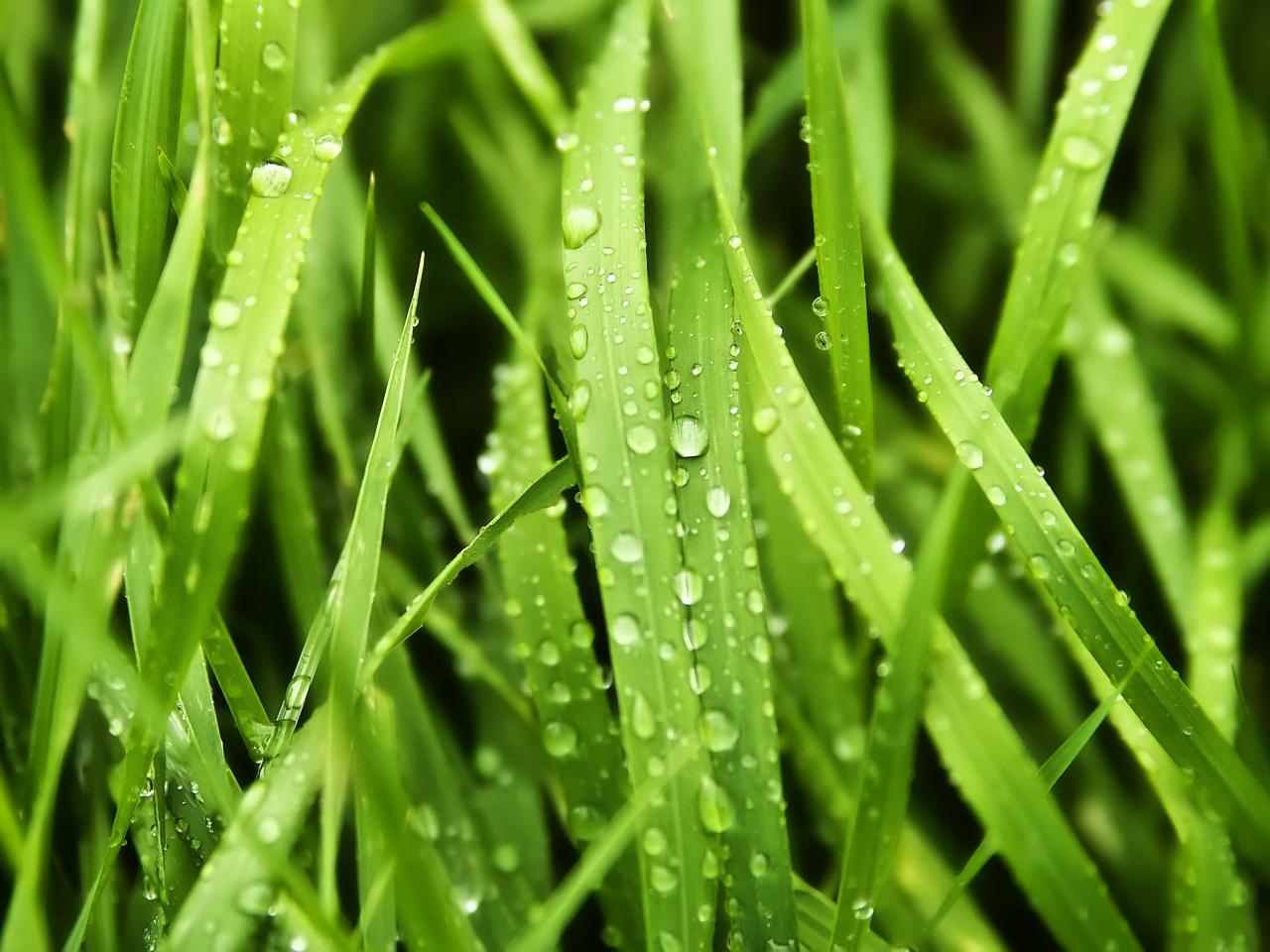
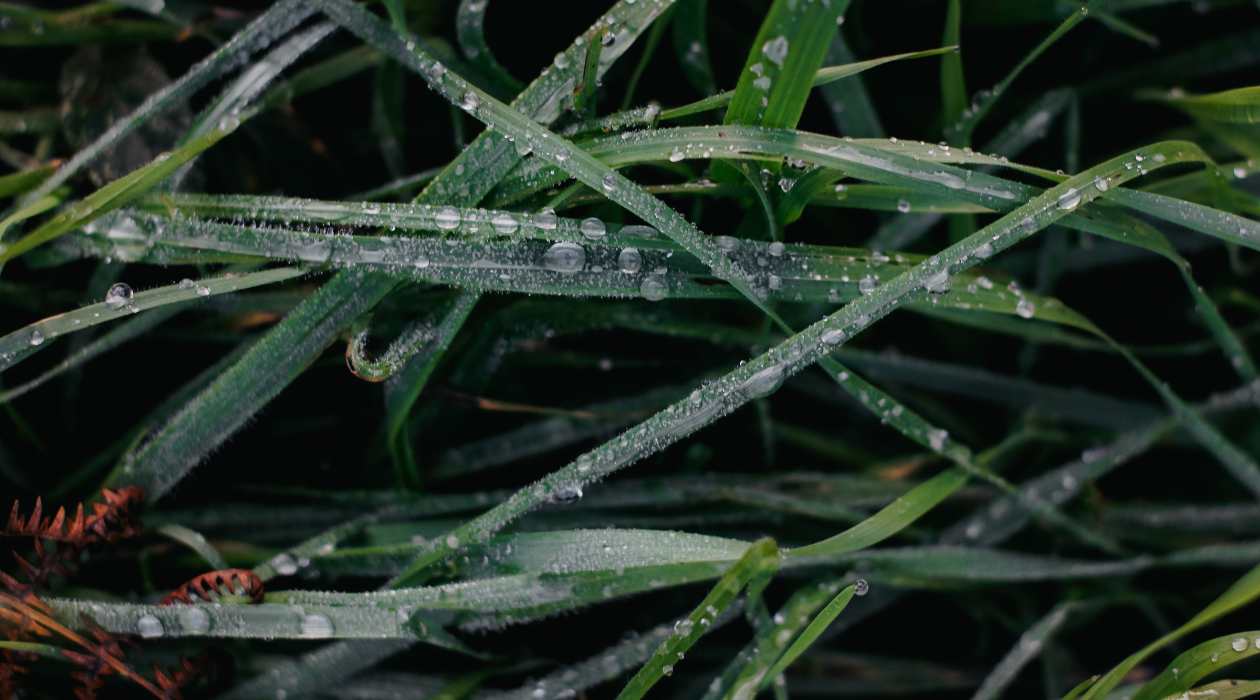


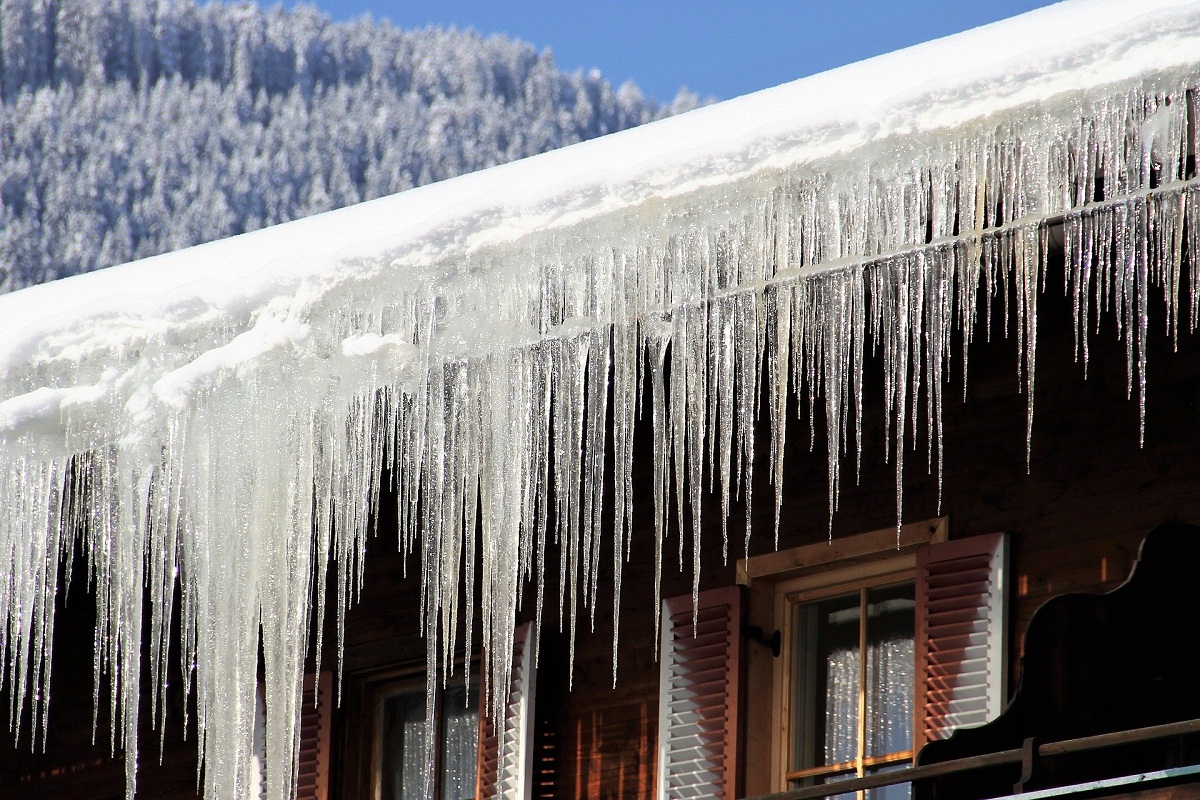


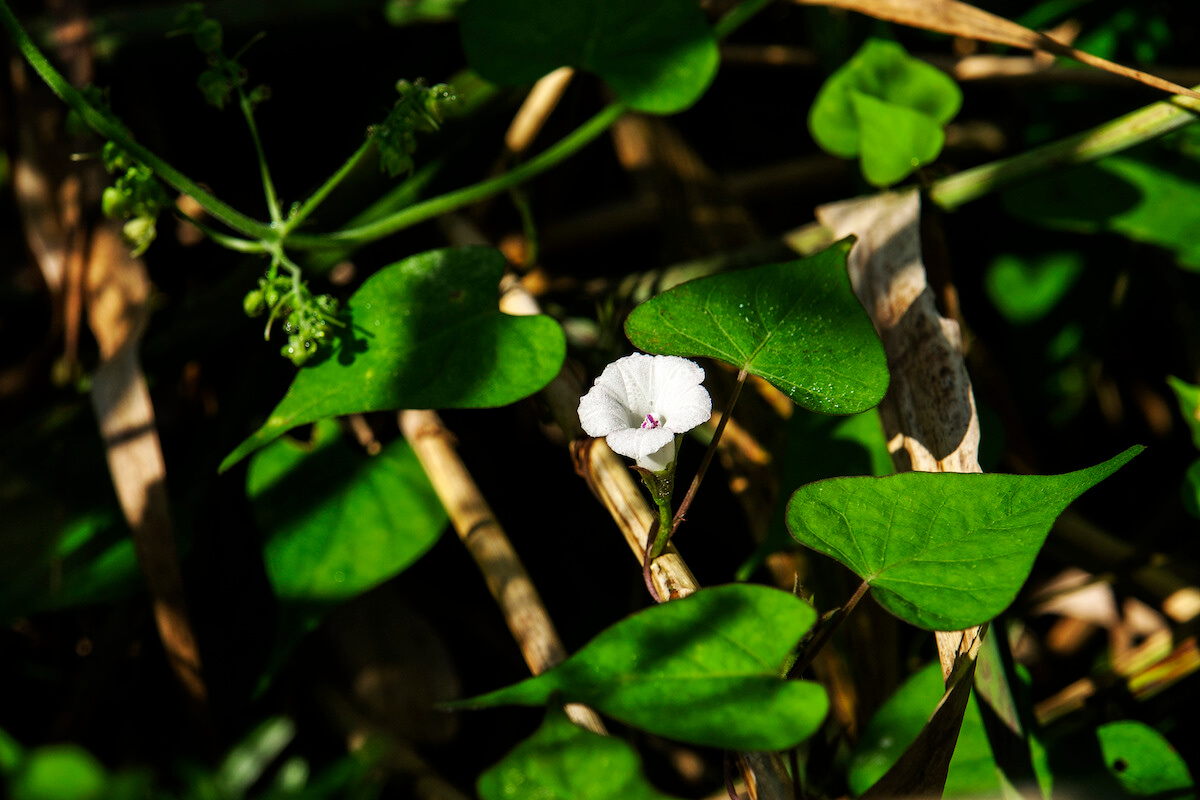
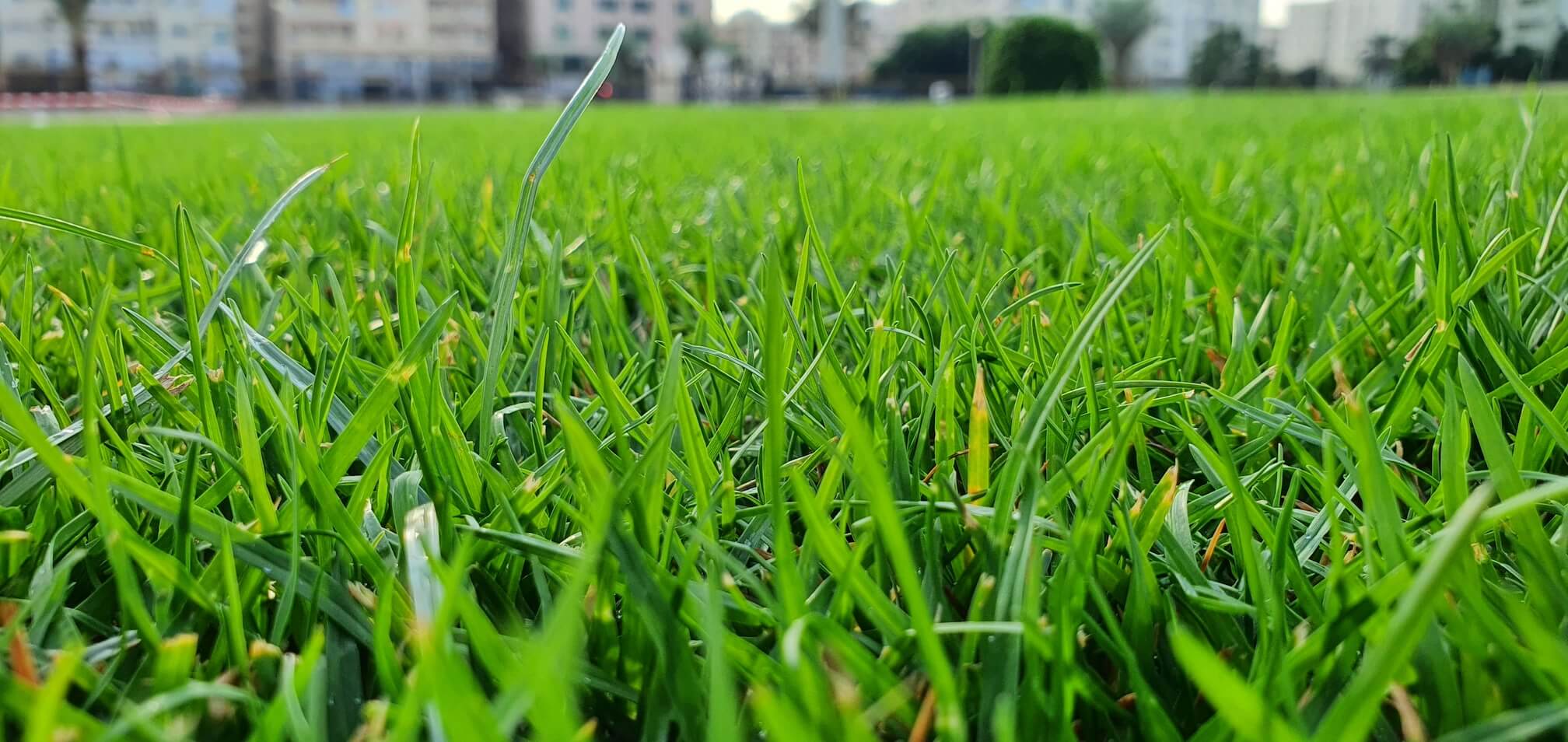
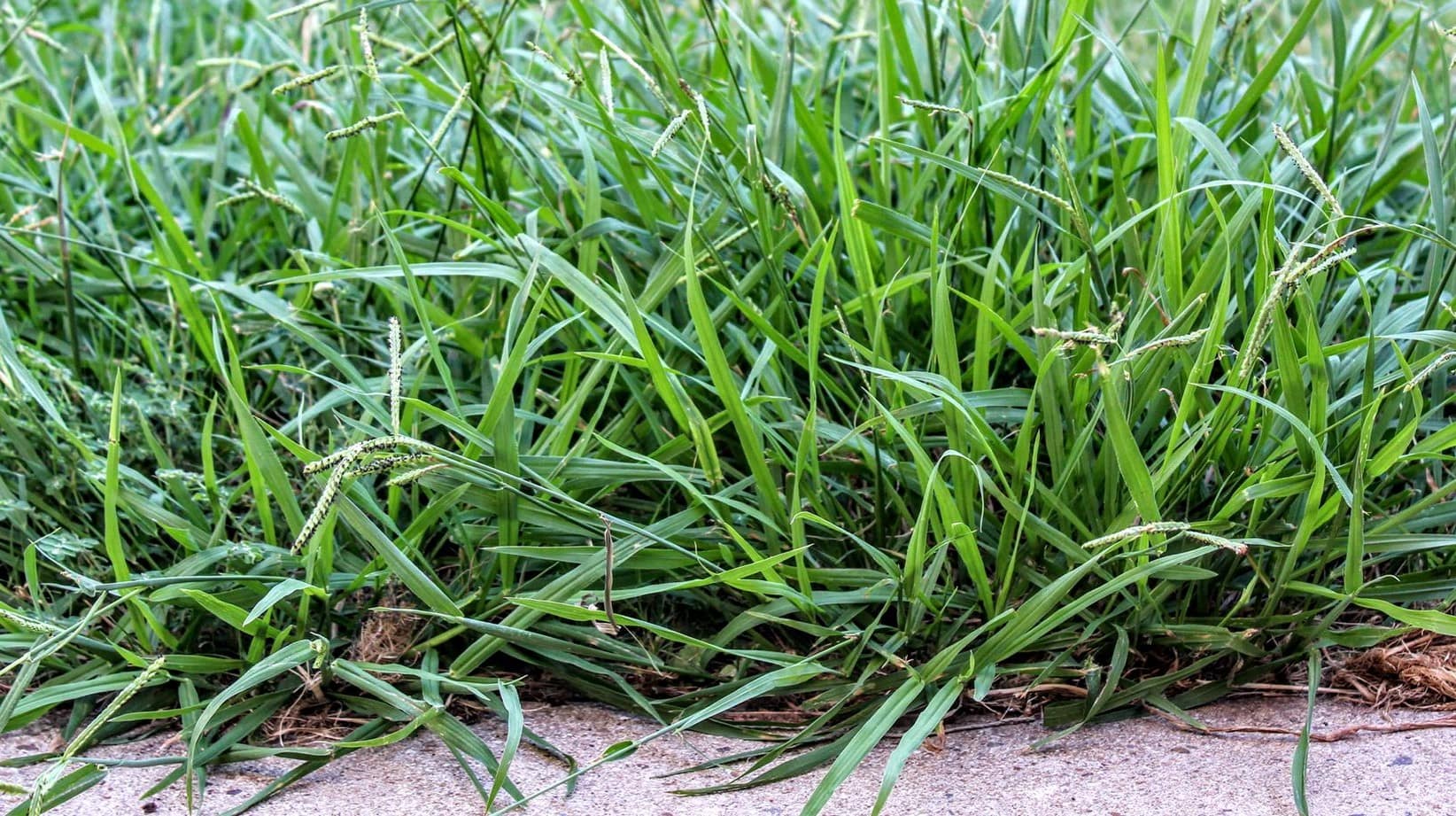




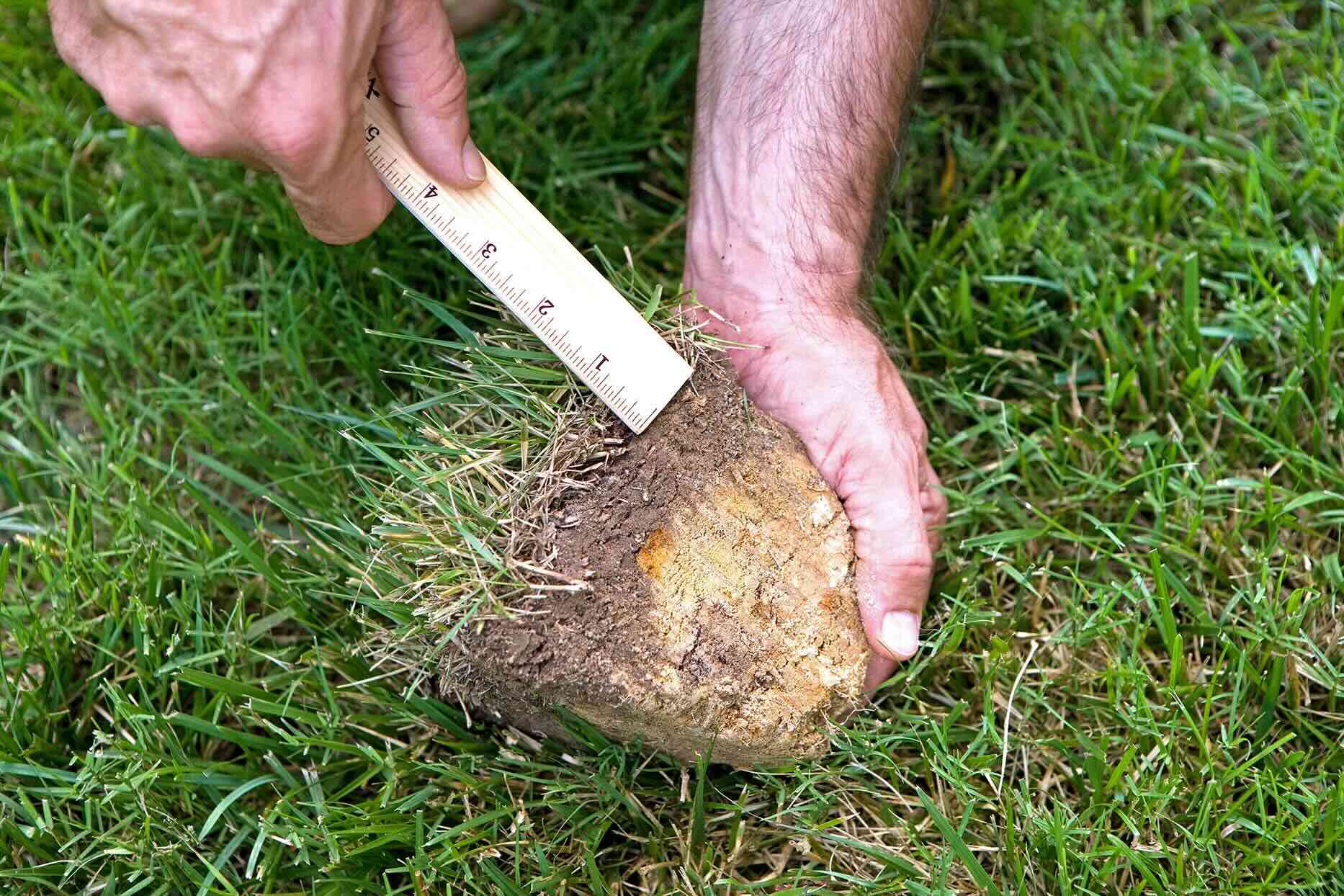

0 thoughts on “Why Does Dew Form On Grass In The Early Morning”